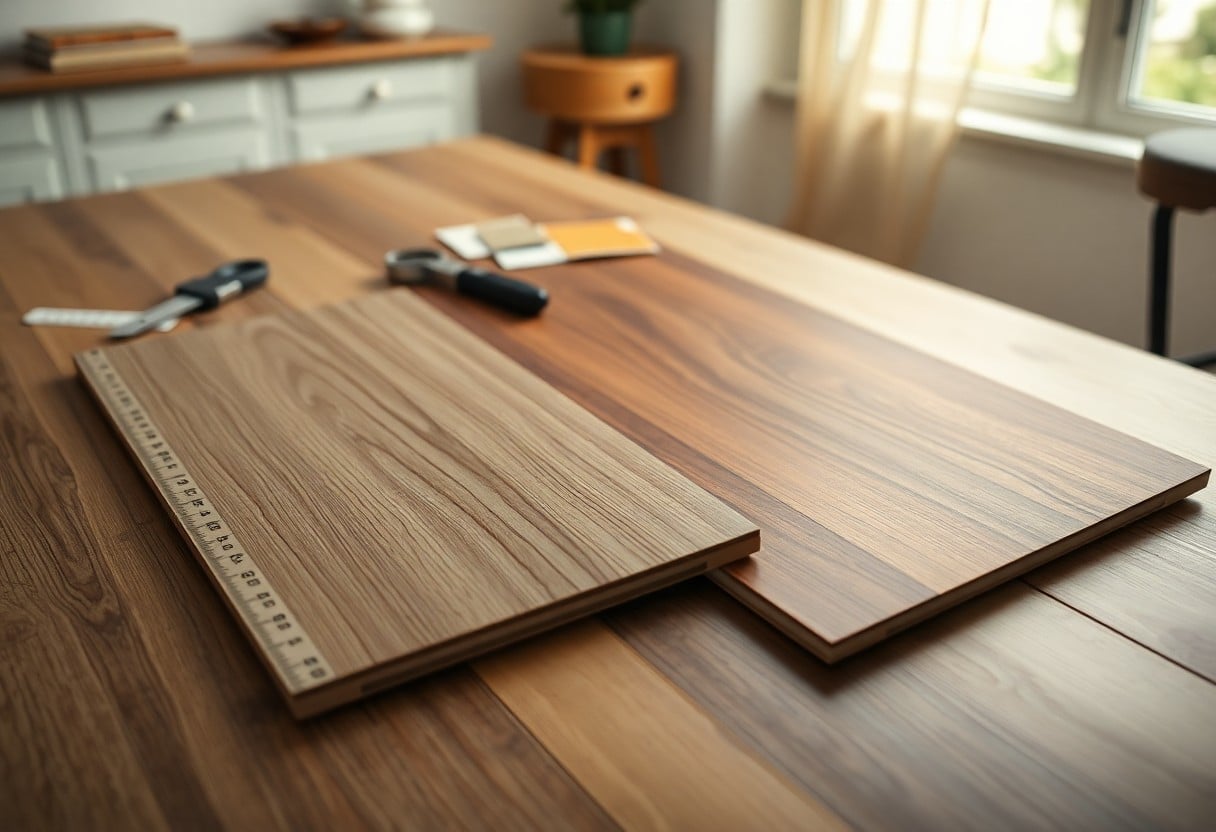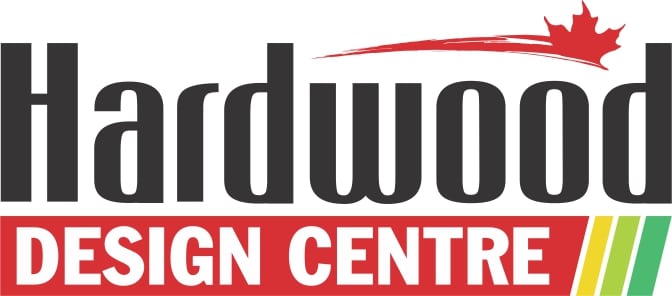Laminate flooring offers an affordable and stylish option for your home, but before you dive in, it’s necessary to weigh your choices. SPC vinyl flooring presents a durable alternative that addresses moisture concerns in various settings. You should consider factors like cost, aesthetics, ease of installation, and maintenance requirements when making your selection. Understanding the pros and cons of both flooring types will empower you to make an informed decision that meets your needs and enhances your living space.

The Battle of Durability: Comparing Laminate and SPC Vinyl
| Laminate Flooring | SPC Vinyl Flooring |
| More prone to scratches and dents. | Highly resistant to scratches, dents, and moisture. |
| Can warp with excessive water exposure. | Stable in fluctuating temperatures and humidity levels. |
| Typically has a lifespan of 15-25 years. | Generally lasts 20-30 years or more. |
Understanding Strength and Wear Resistance
You’ll find that laminate flooring offers some wear resistance, but it can’t compete with the toughness of SPC vinyl. SPC vinyl incorporates a rigid stone-plastic composite core, making it ideal for high-traffic areas. While laminate may be suitable for moderate use, its susceptibility to scratches and moisture can be a concern, especially in households with kids or pets.
How Environmental Factors Impact Longevity
- Humidity can cause laminate to expand or contract, leading to potential damage.
- Direct sunlight may fade laminate’s surface over time.
- SPC vinyl’s stability makes it suitable for areas like basements and bathrooms.
In climates with high humidity, laminate may not be the best option due to its tendency to warp under moisture. Likewise, continuous exposure to sunlight can significantly alter the laminate’s appearance, diminishing its aesthetic appeal. SPC vinyl, on the other hand, retains its integrity and color even in challenging environments, providing peace of mind for homeowners in diverse climates.
- SPC vinyl requires minimal maintenance, unlike laminate, which can need replacement sooner under stress.
- Choosing SPC vinyl can save on long-term costs due to its durability.
- You could find that SPC vinyl fits your lifestyle better if you’re in a variable climate.
Cost Considerations: Getting the Best Value for Your Investment
Understanding the cost dynamics of laminate and SPC vinyl flooring helps you allocate your budget wisely. While both options offer a range of prices depending on style and quality, you need to evaluate not only the sticker price but also what your investment entails in terms of durability, maintenance, and potential replacement costs over time. Opting for a more durable material may cost more upfront but save you money in the long run through reduced maintenance and longer lifespan.
Upfront Costs vs. Long-Term Expenses
Upfront costs for laminate flooring typically range from $1 to $5 per square foot, while SPC vinyl can vary from $2 to $7 per square foot. You should weigh these initial expenses against long-term maintenance costs. SPC vinyl’s resilience generally leads to fewer repairs and replacements, which can offset its higher initial price over time.
Hidden Costs: What to Watch Out For
While comparing flooring options, hidden costs can catch you off guard. Installation fees, underlayment requirements, and potential moisture barriers can significantly impact the overall price. Additionally, certain laminate products may require specialized cleaners or treatments, adding to long-term expenses.
Be vigilant about potential hidden costs when selecting your flooring. Installation prices can vary widely based on complexity, with professional installation typically ranging from $1 to $3 per square foot. Furthermore, if you live in an area prone to humidity, investing in moisture barriers for laminate or ensuring proper acclimation for SPC vinyl may add to your budget. These extra layers can help prevent long-term damage, making them worthwhile considerations despite the additional upfront investment.
The Aesthetic Appeal: Styles and Visual Options
Your choice in flooring can significantly affect your home’s ambiance, and both laminate and SPC vinyl offer a wide array of styles to enhance your space. With options ranging from rustic wood grains to sleek stone finishes, you can find a look that complements your interior design perfectly. Bold colors, patterns, and unique textures allow personal expression, making it easy to create a cohesive aesthetic throughout your home.
Design Versatility: Patterns and Finishes
Texture and Realism: How They Contribute to Home Value
Installation Insights: DIY vs. Professional Services
Choosing between DIY installation and hiring professionals affects both the outcome and the cost of your flooring project. DIY can lead to significant savings, especially if you have prior experience, while professional installation guarantees a finished look and can save time, especially for complex designs.
Installation Complexity: Assessing Your Skill Level
Evaluate your skill level honestly before deciding on installation. If you have basic carpentry skills and tools, laminate flooring may be manageable as it’s generally designed for easy interlocking. However, SPC vinyl requires precision to ensure a proper fit, which may be daunting for less experienced DIYers.
Cost Implications of Choosing Your Installation Method
Installation costs vary significantly between DIY and professional services. DIY installations can save you hundreds of dollars, as you’ll only need to budget for materials and tools. In contrast, hiring professionals can add $2 to $5 per square foot, depending on the complexity and location of your home.
For an average-sized room of around 200 square feet, DIY installation may cost approximately $1,000 for materials alone, whereas professional installation could elevate costs to nearly $1,800 or more after including labor. Assessing the total investment is imperative; sometimes, the precision and longevity offered by professionals justify the higher expense, especially in high-traffic areas where flooring durability is a priority.
Maintenance Essentials: Keeping Your Floors Pristine
Maintaining the beauty and functionality of your laminate or SPC vinyl flooring is key to its longevity. Regular cleaning and protective measures can prevent damage and keep your floors looking brand new. Establishing a simple maintenance routine will ensure your flooring withstands daily wear and tear while maintaining its aesthetic appeal.
Cleaning Techniques Specific to Each Type
For laminate flooring, use a damp mop with a gentle all-purpose cleaner to avoid excess moisture. SPC vinyl flooring can be cleaned using a soft broom and a pH-neutral cleaner, ensuring no harsh chemicals are used to prevent surface wear. Both surfaces benefit from routine sweeping to eliminate dirt and debris, prolonging their life.
Protective Measures to Extend Floor Life
To extend the life of your flooring, consider placing mats in high-traffic areas and using felt pads under furniture legs to prevent scratches. Regularly inspect and maintain seals to avoid moisture penetration, particularly for laminate floors, which can warp if exposed to water. Routine cleaning also minimizes grime buildup that can lead to dullness.
Investing in quality mats at entry points significantly reduces dirt and moisture tracked into your home. Positioning them reduces wear on your flooring, while using felt pads on furniture prevents scratches and dents. Applying a sealant specifically designed for laminate can protect against damage from spills and daily wear. Regular inspections for moisture around baseboards will catch issues early, preserving the integrity of your floors and ensuring they remain vibrant and durable for years to come.
Final Words
Summing up, when choosing between laminate and SPC vinyl flooring, you should consider factors such as durability, moisture resistance, installation, and maintenance needs to ensure that you select the best fit for your lifestyle and environment. Both options offer unique benefits, so evaluate your specific requirements and preferences carefully. By assessing these elements, you can make an informed decision that enhances your space and meets your practical demands.


